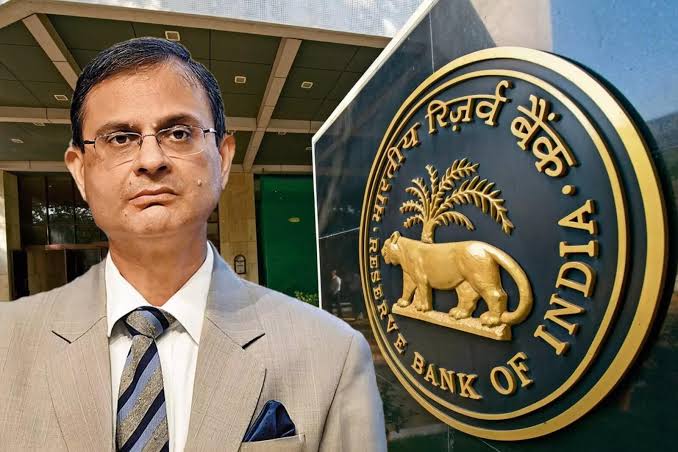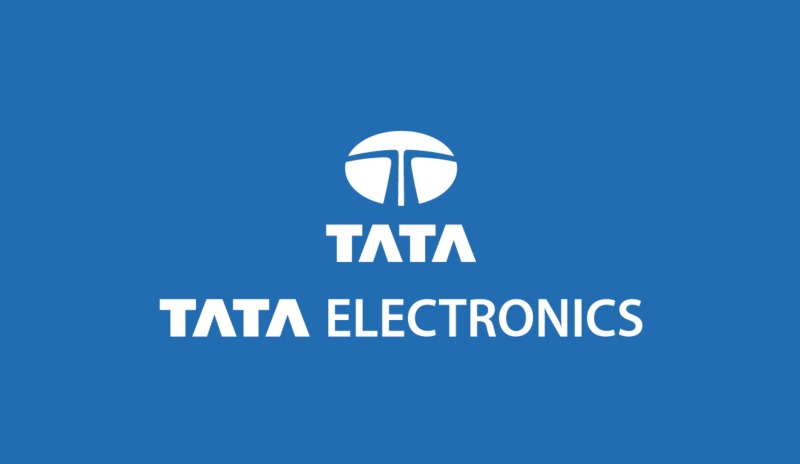 Image Source: ET Government
Image Source: ET Government
India's banking sector is awash with liquidity with the Reserve Bank of India (RBI) having released a record wave of fund supplies until 2025. However, despite sharp rate reductions and multiple rounds of liquidity injections, credit growth has been slow, putting a cloud over the effectiveness of monetary transmission in the current situation.
Key Highlights Historic Liquidity Steps:
-
RBI has injected over ₹15.5 lakh crore into the system since December 2024 via open market operations, forex swaps, and CRR cut.
-
The CRR was reduced by 50 basis points in December 2024, with a pledge for a phased reduction of 100 basis points in 2025, injecting additional liquidity into banks.
-
The excess liquidity actually led the central bank to drain ₹7 lakh crore in the near term by end-June, but most of the funds returned to the system soon.
Muted Credit Uptake:
-
Expansion in non-food lending eased to 9.8% YoY in May 2025 from 16.2% during the same period last year—even while borrowing costs fell by around 20 basis points.
-
Industry lending is especially subdued, posting only 4.9% YoY growth as of May 2025.
-
Analysts caution loan expansion to further slow down to 7–8% as of March 2026 due to a shortage of demand rather than funding issues.
Transmission Slowdown:
-
100 basis points of rate reductions, including the surprise 50 basis point reduction in June, have not provoked a strong lending response.
-
Banks are placing surplus funds in RBI's Standing Deposit Facility, usage doubling in a year, indicating weak credit demand amid plenty of liquidity.
Experts Weigh In
-
J.P. Morgan summarizes that liquidity "does not cause credit growth" but loan demand will tend to create the demand for liquidity, not the other way around.
-
Fitch Ratings confirms that increased accessible liquidity has reduced deposit costs, but slow loan growth eases pressure on banks to mobilize fresh deposits.
RBI Response:
While policymakers maintain an “accommodative” stance, the RBI is expected to continue heavy infusions to offset ongoing deficits, especially amid tax outflows and global financial uncertainty.
Source: Indian Express, Angel One, The Economic Times
Advertisement
Advertisement




